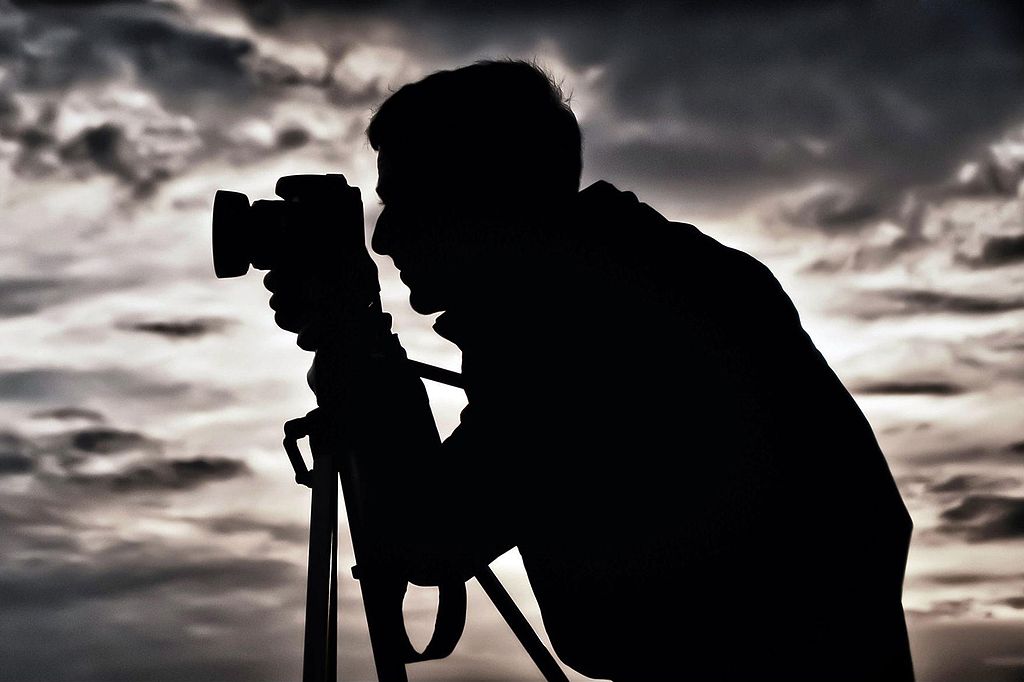
You may have heard of still life photography. It is the realm of famous artists like Elvis Dzebic, who use highly specialized techniques to create wonderful works of art. However, few people truly understand what this type of photography actually is and how to become good at it. Dezbic has taken the time to reveal all, explaining that, while talent certainly comes in handy, understanding the techniques and rules around this type of photography is far more important. Anyone can learn about still life photography and doing so will also give them a greater appreciation of the works that are already out there.
Still Life Photography According to Elvis Dzebic
Still life photography is not just about taking pictures of fruits. It is about composition and about taking something mundane and turning it into something wonderful. Still life photography takes practice, as you must learn how textures, lights, and colors work together. It is a chance to learn how to create a two-dimensional image but make its subject pop out as if it were three-dimensional.
There are two different types of still life to be aware of. The first one is the created still life, which is the most common of all. Here, a photographer picks and item that they are interested in, such as a seashell, and create a composition around it, adding light, backgrounds, textures, and the frame. The second is found still life photography, which is where a picture is taken of an object in its natural environment, using the things that are already there for the light, the background, the texture, and the frame.
Found still life pictures are by far the most challenging. That is because you don’t have any real control over the environment. Most of us don’t walk around with lightboxes, for instance. Not just that, you are limited by the environment, because sunlight and weather all have an impact. It is also very easy to accidentally take a photograph that is not a still life, but rather a landscape or even wildlife photograph. Key with a still life is that it has a single subject to which the eye is drawn. Everything around it is just decoration, in other words. Taking a still life shot of a leaf against a white backdrop with studio lighting looks amazing, but if you can create the same effect using a leaf in an outdoor environment, then you can truly class yourself as a still life photographer.
Dzebic recommends that everybody focuses on the found still life. While it is far more challenging, it is also more exciting. Furthermore, it is a lot more affordable because it requires no equipment other than your camera. It can get somewhat obsessive, however, with many people continuously walking around taking shots of virtually everything, always looking for the next thing to include in their pictures. But that, too, is a hallmark of a professional. The world is your set and studio!